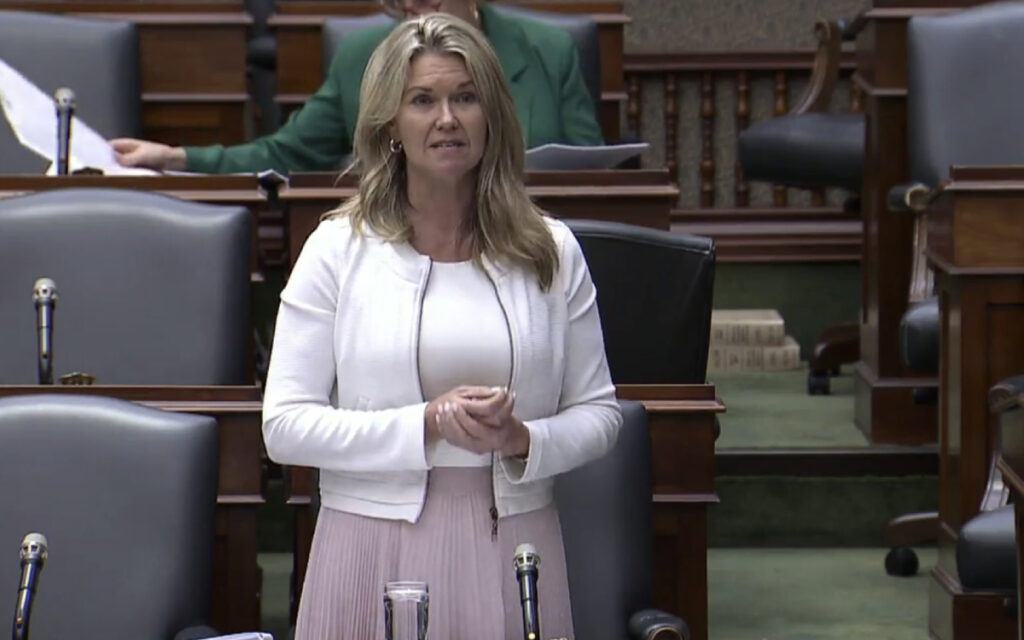In this edition:
- Government of Canada cuts immigration targets to “press pause” on population growth
- Ontario presses feds for more child care money as some for-profit operators protest
- Downtown Beamsville cuts back on parking hours, increases enforcement
- As federal workers slam office mandate, study finds remote work cuts emissions
- EI claimants in Niagara up 26% year-over-year as labour market eases
- Focus on Climate
Did you know you can get the GNCC’s Daily Update emailed to you? Click here to sign up.

Photo credit: Evgenia Parajanian / Adobe Stock
Government of Canada cuts immigration targets to “press pause” on population growth
The Government of Canada today announced that it is reducing permanent resident targets, down from 500,000 this year to 395,000 in 2025, 380,000 in 2026, and 365,000 in 2027. The plan is expected to result in a marginal population decline of 0.2% in both 2025 and 2026 before returning to a population growth of 0.8% in 2027.
The Canadian Chamber of Commerce’s Senior Director for the Future of Work, Diana Palmerin-Velasco, said this announcement was “disappointing for businesses across the country,” noting the “abrupt and constant changes to immigration policy” in recent months that have made business planning difficult.

Photo credit: The Honourable Jill Dunlop / X screenshot
Ontario needs more money to properly deliver the national $10-a-day child-care program now and beyond the life of the current agreement, the province’s education minister has told the federal minister in a new letter.
Education Minister Jill Dunlop suggests in her letter to federal Families Minister Jenna Sudds that the sustainability of the program is in jeopardy without more funding.

Photo credit: gabort / Adobe Stock
Downtown Beamsville cuts back on parking hours, increases enforcement
The Town of Lincoln has recently implemented new parking regulations in the municipally-owned parking lots in Downtown Beamsville. The maximum allowable parking time has been reduced from 4 hours to 2 hours, and no vehicles may be parked between 11:00 p.m. and 7:00 a.m. in marked lots.
Parking patrols will occur more frequently to ensure compliance with the new 2-hour time limit and overnight parking restrictions, the Town cautioned in a media release.

Photo credit: tirachard / Adobe Stock
As federal workers slam office mandate, study finds remote work cuts emissions
Did you know?
Focus on Climate
Industrial wastelands to wildlife oases: The 5 nature wins that have actually worked
Through the Daily Updates, the GNCC aims to deliver important business news in a timely manner. We disseminate all news and information we feel will be important to businesses. Inclusion in the Daily Update is not an endorsement by the GNCC.




